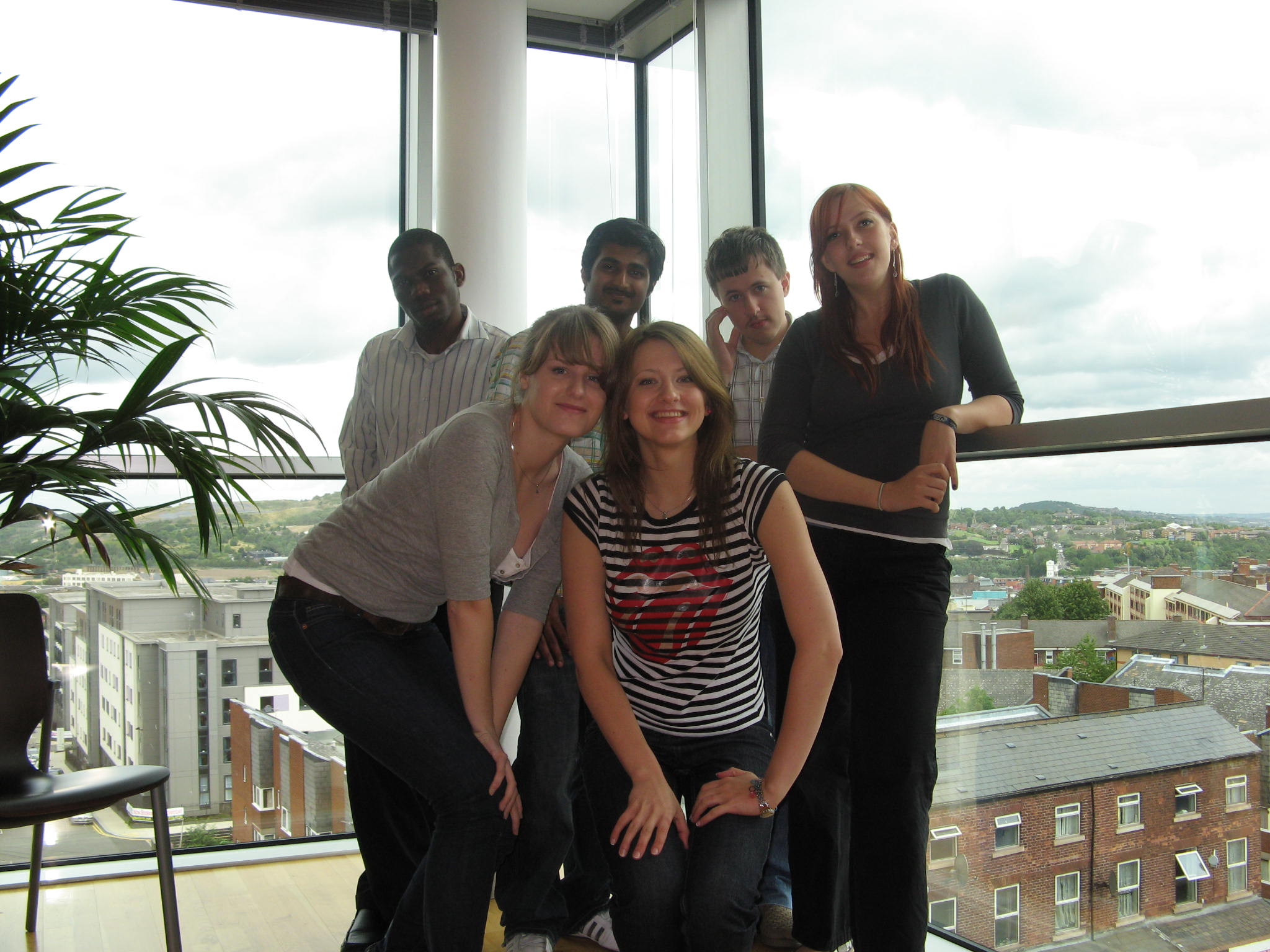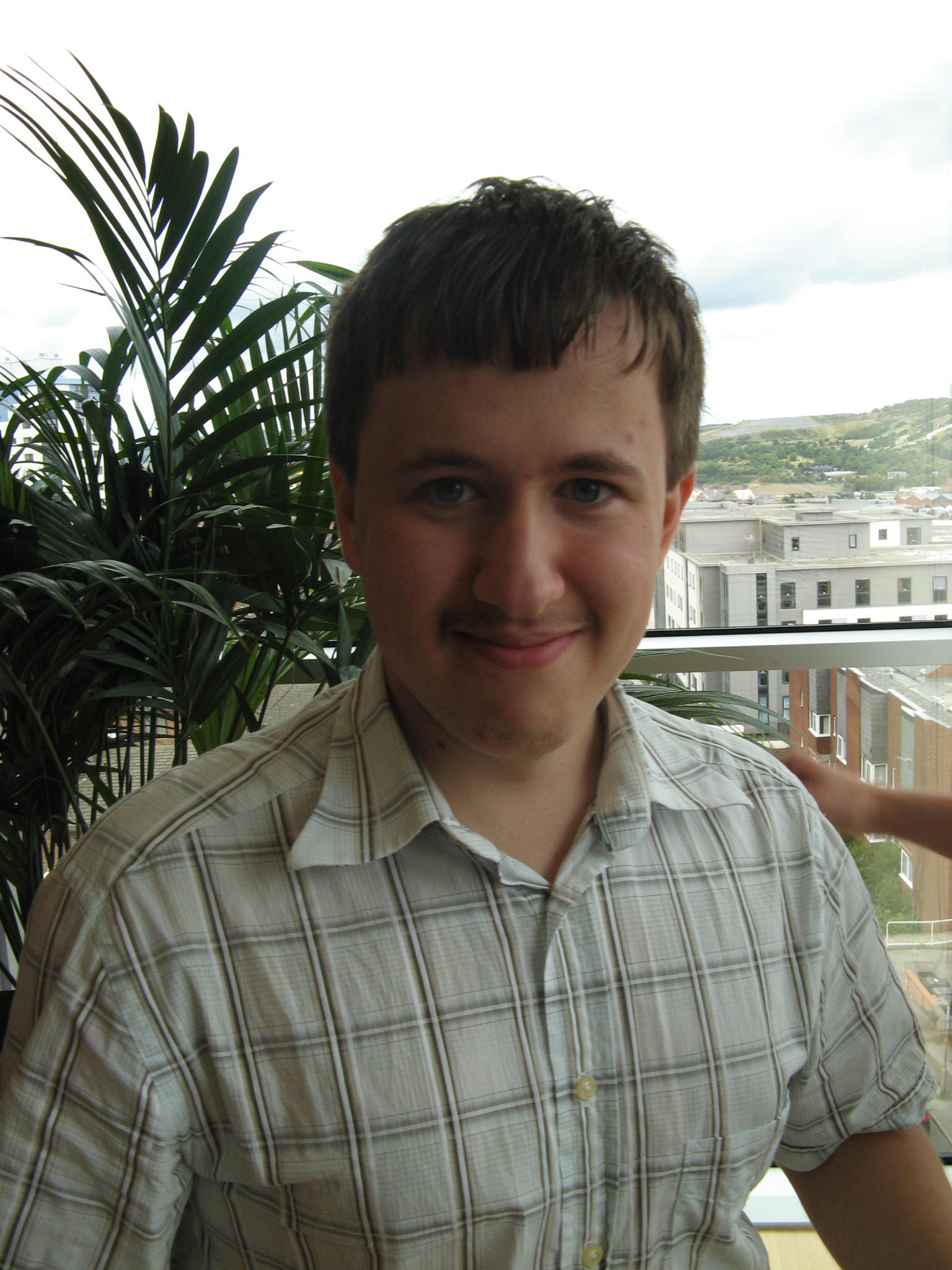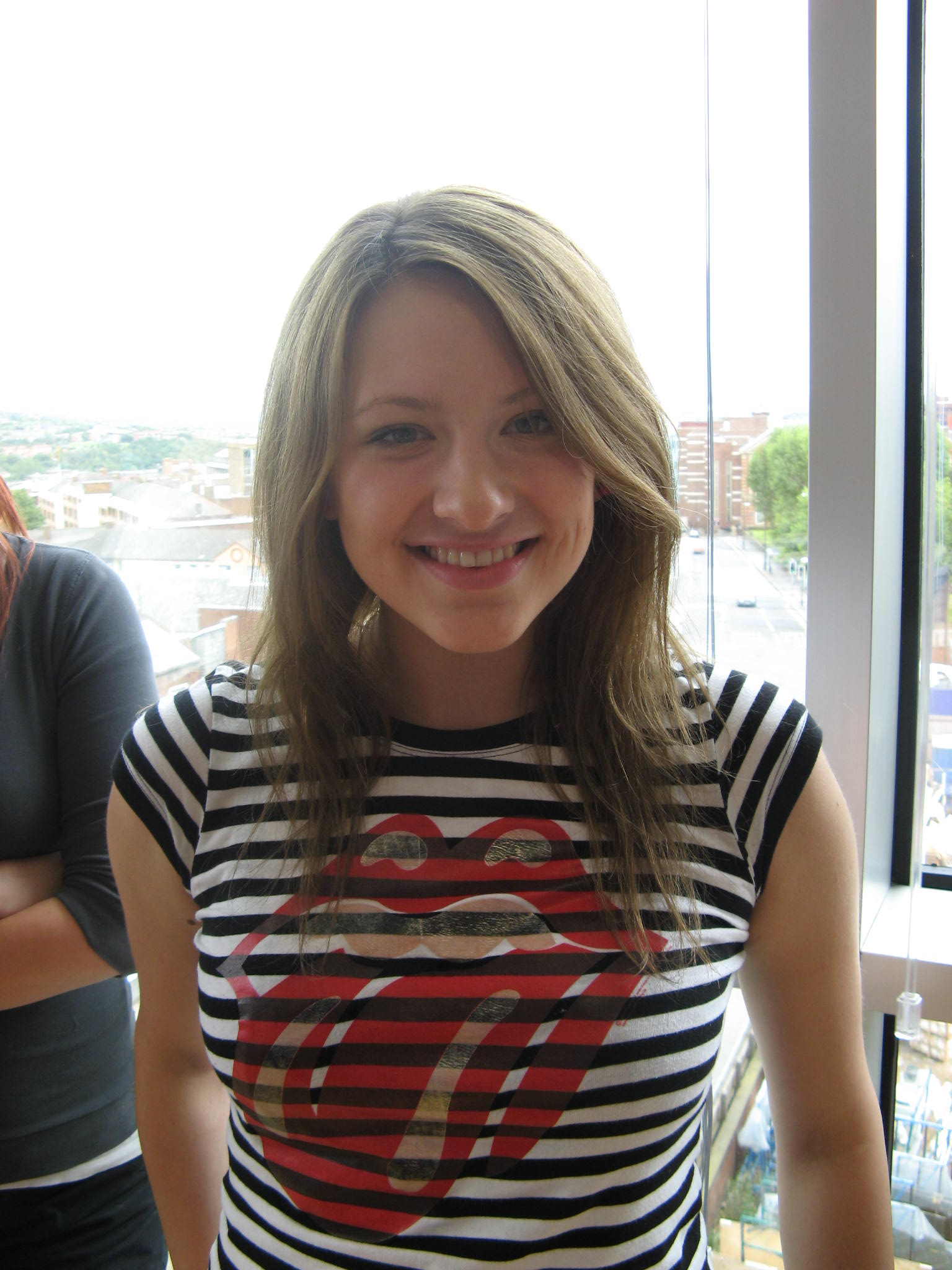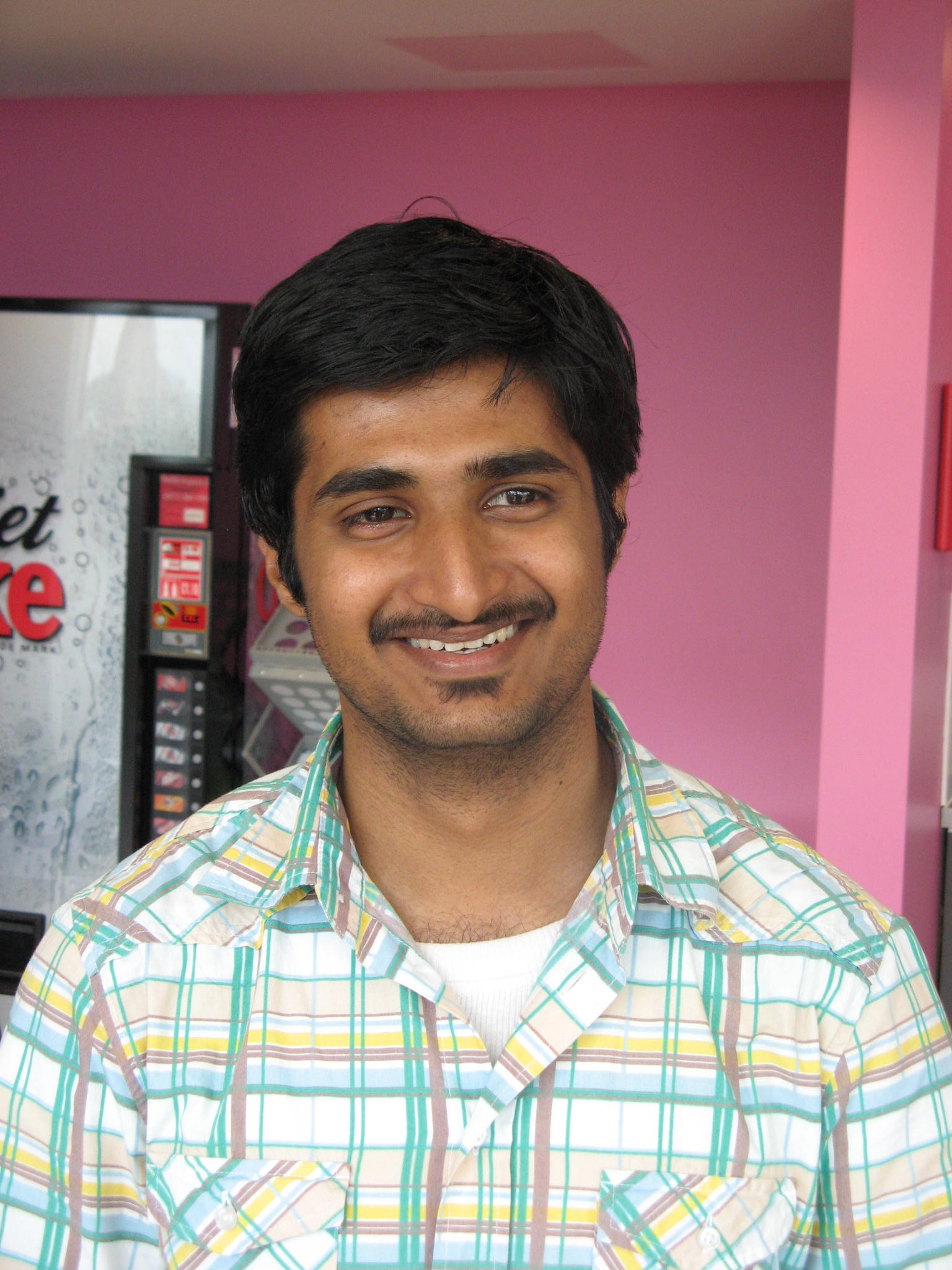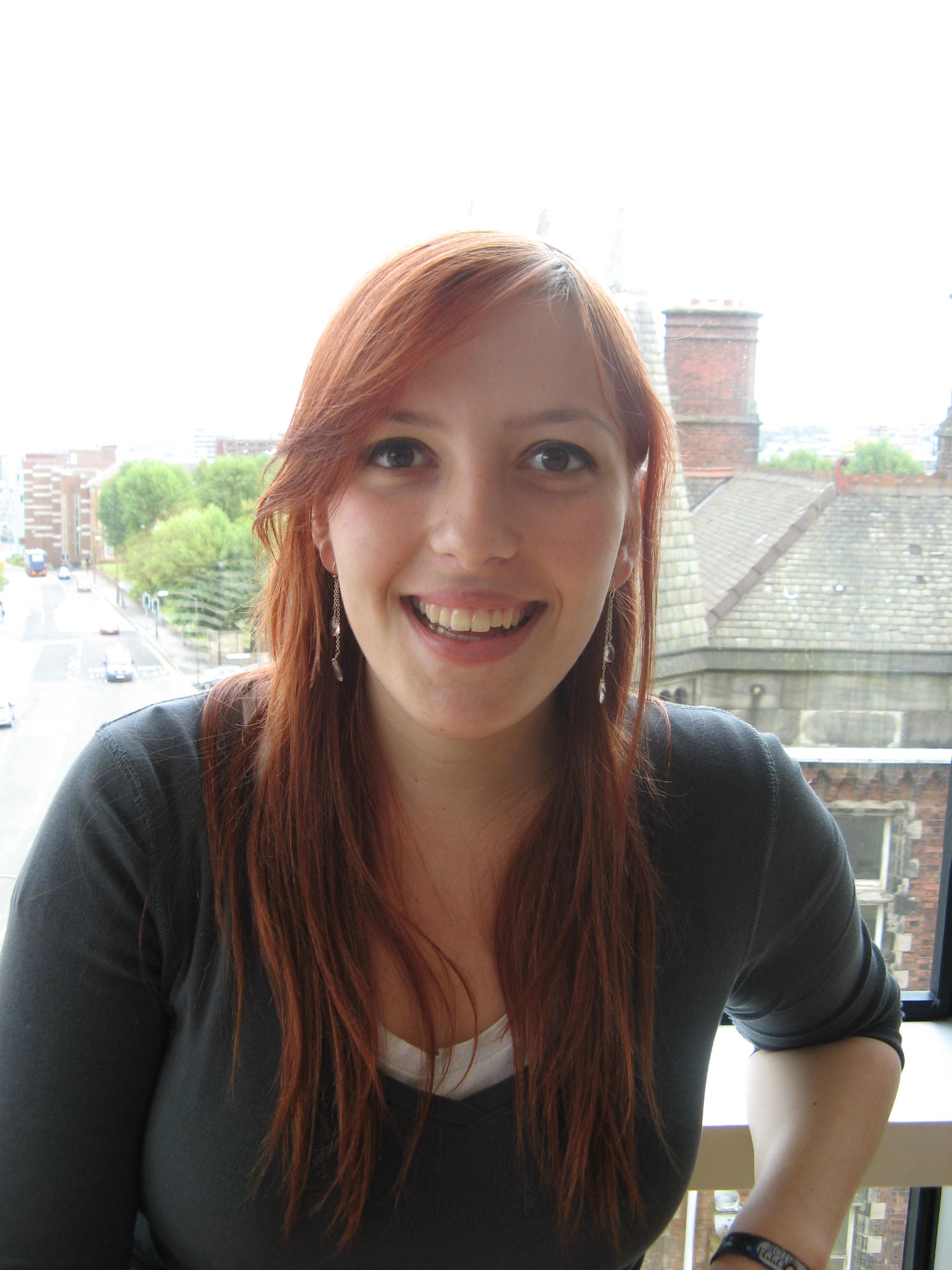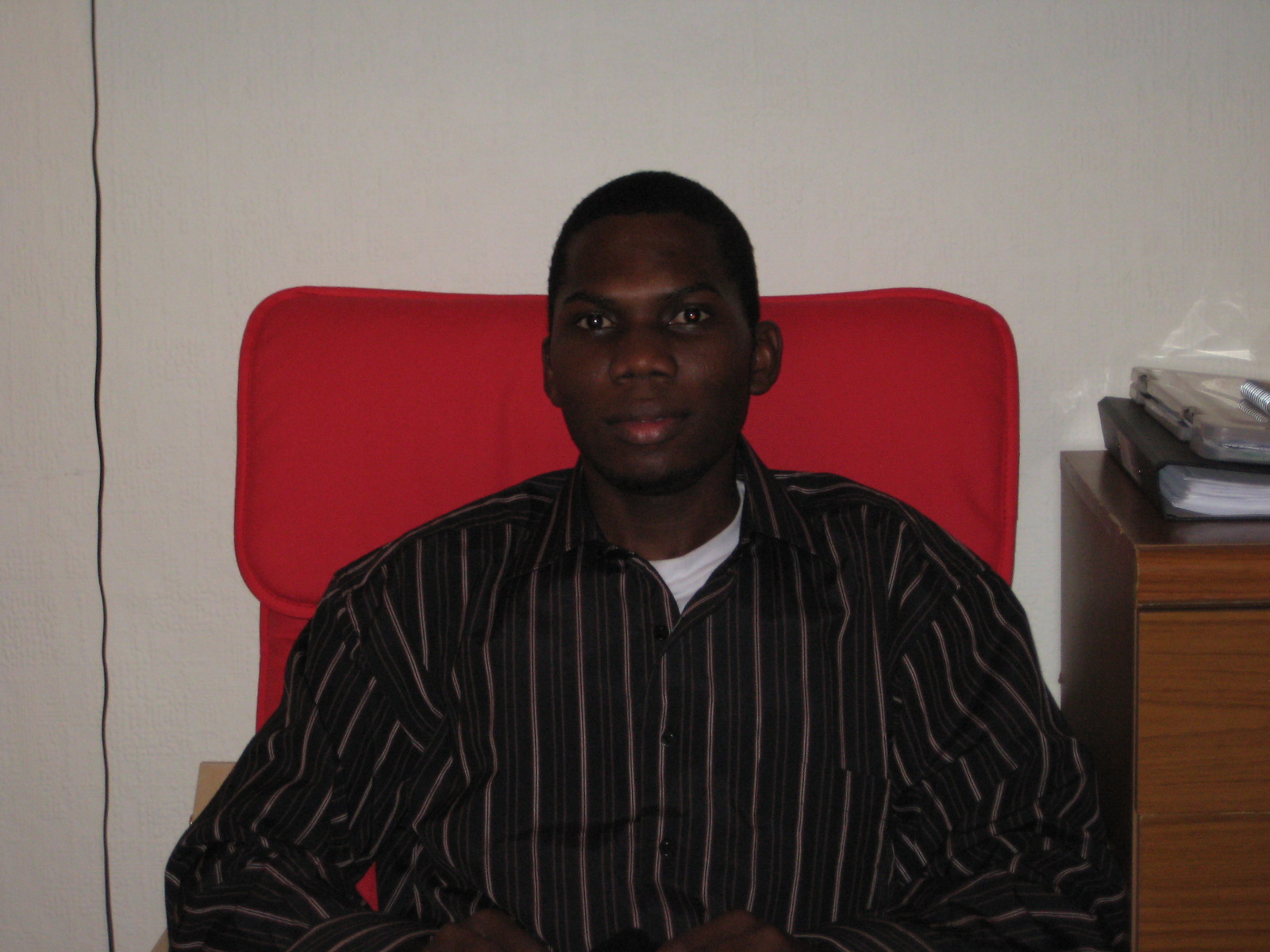Team:University of Sheffield /Lab Books
From 2008.igem.org
| Line 58: | Line 58: | ||
=Timetable= | =Timetable= | ||
| + | |||
| + | ===Dry Lab Period === | ||
| + | |||
| + | '''February 2008''' | ||
| + | |||
| + | The very beginning. Three team members, Gosia, Eva and Dmitry met each other to discuss the possibility of joining iGEM competition this year. Straight after that Rosie joined the team. | ||
| + | March 2008 – The idea to participate in iGEM was presented in the Department of Molecular Biology and Biotechnology (MBB) in the students and staff committee meeting. The head of MBB Department, Prof. D. Hornby agreed to help us if there were any need. | ||
| + | |||
| + | '''April 2008''' | ||
| + | *The team now consisted of 9 members, mostly joined by MBB Level 2 students. The early brainstorming took place. However, no ideas that would be feasible to complete during the summer and would have actual impact on science appeared. | ||
| + | *A new science orientated society was established within the University of Sheffield Union of Students. The initial purpose of the SynBio society was to help students within the University to participate in iGEM next year, along with that a Scientific Journal Club with monthly meetings is on the agenda | ||
| + | June 2008 – * the idea of sensing biological water contamination employing the Quorum Sensing mechanism was finalised | ||
| + | *Two level 2 students representing the Department of Automatic Control and Systems Engineering joined the team to cover the Engineering parts of the project. | ||
| + | '''July 2008''' | ||
| + | * iCHEME offered a financial contribution towards the trip to Jamboree | ||
| + | * Prof. P. Wright and Dr. C. Biggs representing the ChELSI research group within the University of Sheffield approved the project and agreed to provide lab materials and lab space in the Bioincubator research facility. | ||
| + | * Ph.D. student Esther Karunakaran proposed using a fusion histidine kinase as a receptor for V. cholerae autoinducer . V. cholerae , one of the causative agents of water borne diseases, is now chosen as a model organism representing water pathogens. | ||
| + | * IDT DNA kindly agrees on a contribution of £1000 towards the cost of gene synthesis and primer orders. The CqsS – a native receptor for CAI-1 molecules is chemically synthesized for further experiments. | ||
| + | August 2008 – team members representing biological and engineering sides of the project introduce each other to their plan of action as well as explain the material behind it. | ||
| + | |||
| + | === Wet Lab Period === | ||
| + | |||
| + | '''Mid - August 2008''' | ||
| + | |||
| + | * The team enters the labs to start actual experiments. Preparation for gene knockout using Datsenko and Wanner method takes place. Prof. Stafford from the Univeristy of Sheffield Medical School provides us with electroporation protocol. Until mid September the electroporation is carried out unsuccessfully. | ||
| + | * the transformation using the Biobrick BBa_I763004 containing a plasmid with GFP – LVA tag is carried out. All attempts are unsuccseful though using pre – approved protocols and cultures. | ||
| + | |||
| + | '''September 2008''' | ||
| + | |||
| + | * The gene order for CqsS membrane receptor arrives. | ||
| + | * Along with that Prof. B. Bassler from Princeton University sends us the plasmid containing CqsA - a protein producing CAI -1 (Cholera Autoinducer – 1) with the purification protocol | ||
| + | * Prof. O. Melefor from Karolinska Instutue kindly sends us a DH5 – alpha strain containing a barA knockout | ||
| + | * Prof. Robert Poole agrees to provide further funding towards the trip to USA. Along with that, Mr. Peter Grant representing Biofusion Business Group agrees to cover the U. S. VISA expenses. | ||
| + | * The electroporation and transformation are still unsuccessful even after extensive troubleshooting. | ||
| + | |||
| + | '''October 2008''' | ||
| + | |||
| + | * Plasmid prep of one possible GFP - LVA transformant colony is made. The attemts to characterize it using Tecan as well as loading restriction digest of the plasmid prep on an agarose gel suggests that the colony was most likely contamination. | ||
| + | * Preparation for Biobrick submission to the Parts Registry takes place. Failed transformations raise suspicions of a faulty Biobrick booklet. Thorough investigation of various DNA parts from all over the booklet proves this hypothesis. Due to faulty DNA shipment no parts can be submitted to the Registry. | ||
Revision as of 20:35, 27 October 2008
| Introduction | Our project | Modelling | Parts | Our Team | Calendar |
|---|
Contents |
Protocols
Tecan Fluorescence Measurement
Protocol used for characterization :
1. Grow 5ml of overnight cultures of DH5-alpha cells containing the plasmid with GFP-LVA.
2. Resuspend the overnight cultures in 50 ml of LB medium until the OD600 reaches about 0.6.
3. Quickly add 0.2 mM of IPTG to the medium and plate that into 96 well plate.
4. To 96 well plate add 180 ul of LB + IPTG as a control, 180 ul of DH5-alpha cells not induced with IPTG, finally add 180 ul of DH5-alpha induced with IPTG. Carry out the aforementioned in duplicates.
5. Use the high flow cytometry machine Tecan to measure the fluorescence every 15 minutes for 8 hours (excitation wv – 485 nm, emission wv- 535 nm )(including shaking = aeration of the cultures 2 minutes prior each measurement)
Our Team (WILL BE MOVED)
From left to right:
- Oluwaseun Samuel Awotunde
- Malgorzata Poczopko
- Muhammad Hammad Karim
- Eva Barkauskaite
- Dmitry Malyshev
- Rosie Bavage
Lab Books
Timetable
Dry Lab Period
February 2008
The very beginning. Three team members, Gosia, Eva and Dmitry met each other to discuss the possibility of joining iGEM competition this year. Straight after that Rosie joined the team. March 2008 – The idea to participate in iGEM was presented in the Department of Molecular Biology and Biotechnology (MBB) in the students and staff committee meeting. The head of MBB Department, Prof. D. Hornby agreed to help us if there were any need.
April 2008
- The team now consisted of 9 members, mostly joined by MBB Level 2 students. The early brainstorming took place. However, no ideas that would be feasible to complete during the summer and would have actual impact on science appeared.
- A new science orientated society was established within the University of Sheffield Union of Students. The initial purpose of the SynBio society was to help students within the University to participate in iGEM next year, along with that a Scientific Journal Club with monthly meetings is on the agenda
June 2008 – * the idea of sensing biological water contamination employing the Quorum Sensing mechanism was finalised
- Two level 2 students representing the Department of Automatic Control and Systems Engineering joined the team to cover the Engineering parts of the project.
July 2008
- iCHEME offered a financial contribution towards the trip to Jamboree
- Prof. P. Wright and Dr. C. Biggs representing the ChELSI research group within the University of Sheffield approved the project and agreed to provide lab materials and lab space in the Bioincubator research facility.
- Ph.D. student Esther Karunakaran proposed using a fusion histidine kinase as a receptor for V. cholerae autoinducer . V. cholerae , one of the causative agents of water borne diseases, is now chosen as a model organism representing water pathogens.
- IDT DNA kindly agrees on a contribution of £1000 towards the cost of gene synthesis and primer orders. The CqsS – a native receptor for CAI-1 molecules is chemically synthesized for further experiments.
August 2008 – team members representing biological and engineering sides of the project introduce each other to their plan of action as well as explain the material behind it.
Wet Lab Period
Mid - August 2008
- The team enters the labs to start actual experiments. Preparation for gene knockout using Datsenko and Wanner method takes place. Prof. Stafford from the Univeristy of Sheffield Medical School provides us with electroporation protocol. Until mid September the electroporation is carried out unsuccessfully.
- the transformation using the Biobrick BBa_I763004 containing a plasmid with GFP – LVA tag is carried out. All attempts are unsuccseful though using pre – approved protocols and cultures.
September 2008
- The gene order for CqsS membrane receptor arrives.
- Along with that Prof. B. Bassler from Princeton University sends us the plasmid containing CqsA - a protein producing CAI -1 (Cholera Autoinducer – 1) with the purification protocol
- Prof. O. Melefor from Karolinska Instutue kindly sends us a DH5 – alpha strain containing a barA knockout
- Prof. Robert Poole agrees to provide further funding towards the trip to USA. Along with that, Mr. Peter Grant representing Biofusion Business Group agrees to cover the U. S. VISA expenses.
- The electroporation and transformation are still unsuccessful even after extensive troubleshooting.
October 2008
- Plasmid prep of one possible GFP - LVA transformant colony is made. The attemts to characterize it using Tecan as well as loading restriction digest of the plasmid prep on an agarose gel suggests that the colony was most likely contamination.
- Preparation for Biobrick submission to the Parts Registry takes place. Failed transformations raise suspicions of a faulty Biobrick booklet. Thorough investigation of various DNA parts from all over the booklet proves this hypothesis. Due to faulty DNA shipment no parts can be submitted to the Registry.
 "
"

